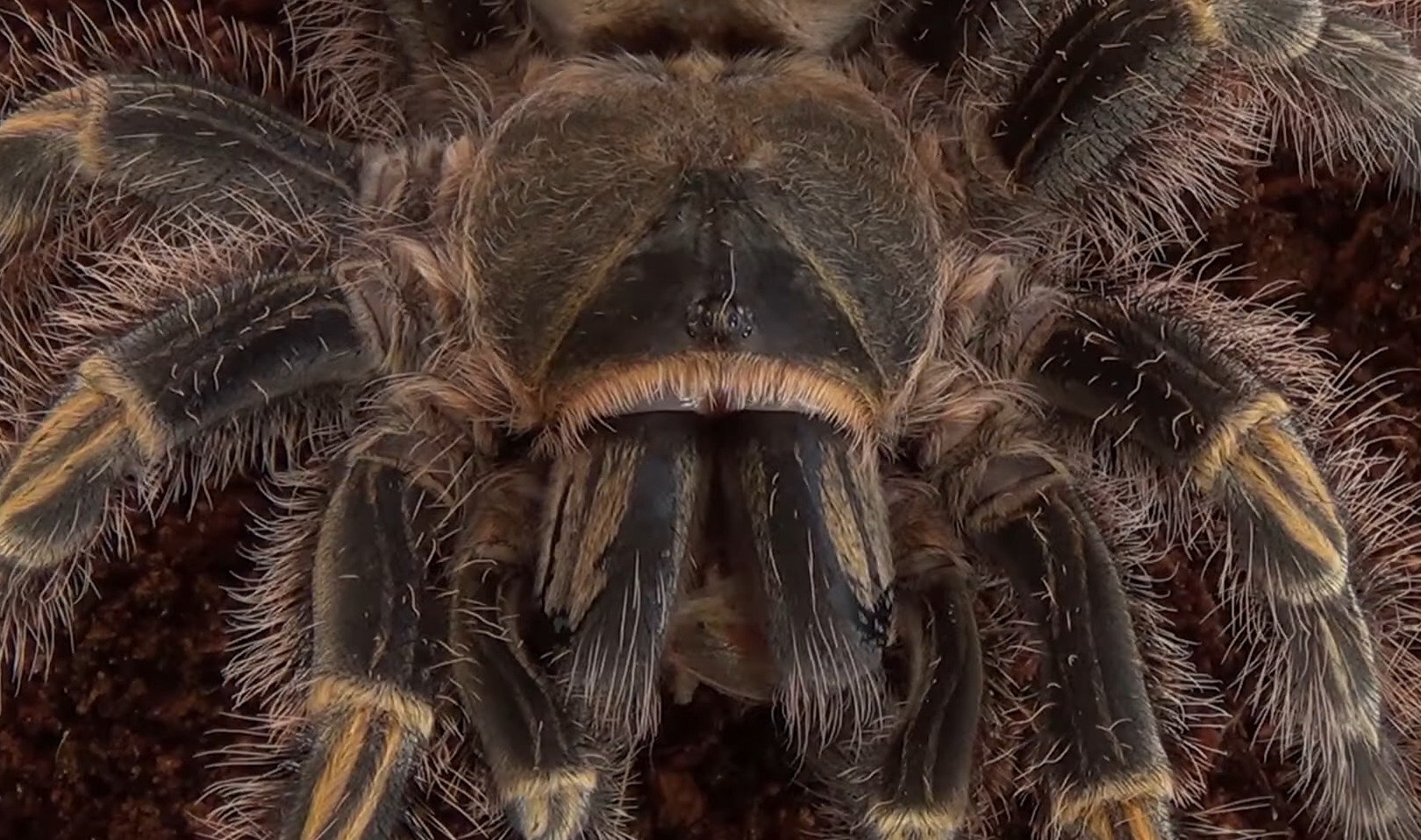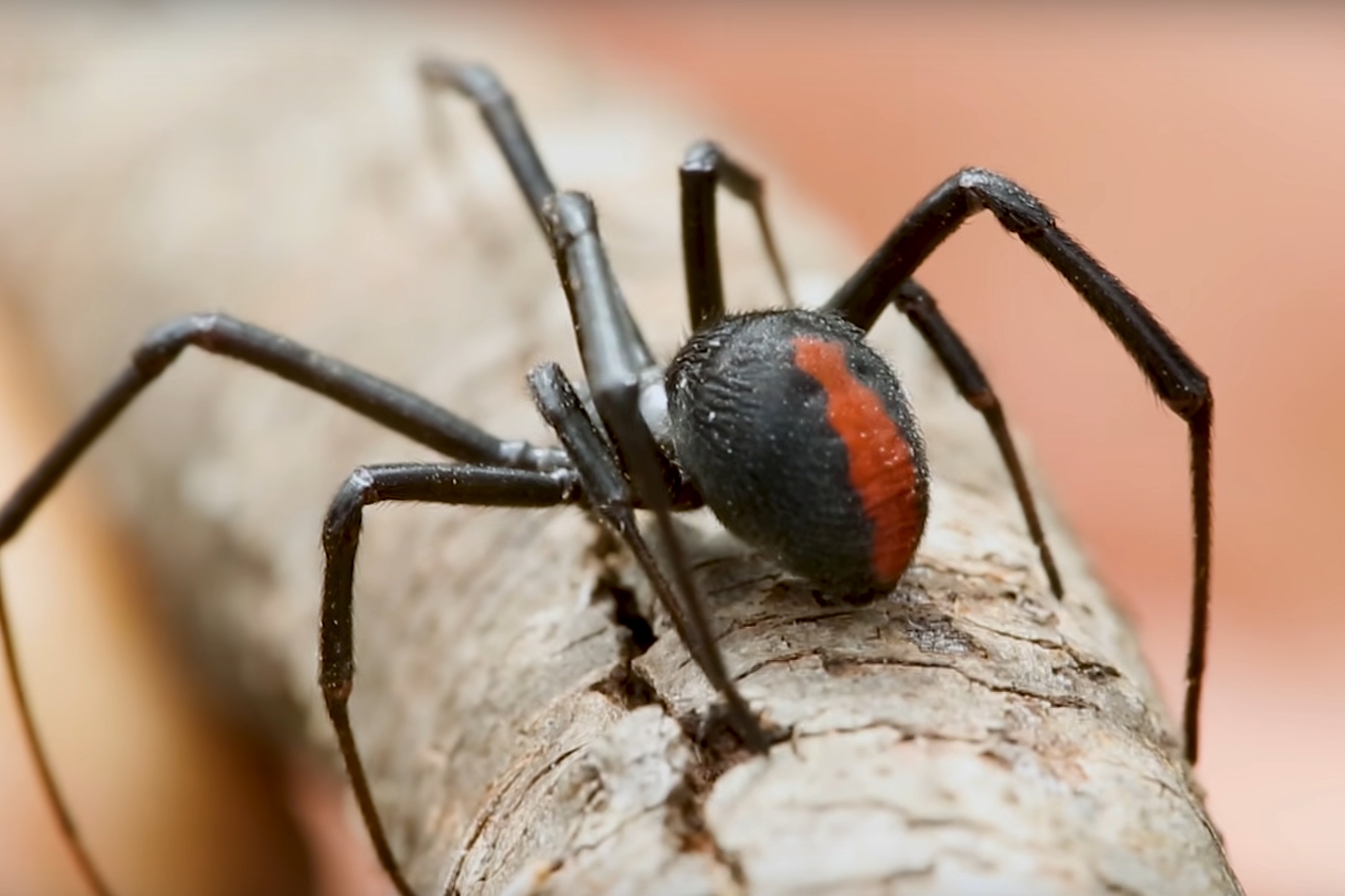The black widow spider is an infamous creature that has captured the public’s imagination for decades, and for good reason. This incredible arachnid is known for its distinctive appearance, venomous bite, and fascinating behavior. In this comprehensive guide, we’ll take a deep dive into the world of the black widow spider, explore its unique characteristics, and even discuss some brands that can help you deal with them if they become a problem. Let’s get started!
What Makes the Black Widow Spider Unique?
Contents
First, let’s talk about the black widow spider’s most well-known feature: its appearance. The adult female black widow is easily recognizable by its jet-black body and red hourglass-shaped marking on the underside of its abdomen. However, not many people know that male black widows are much smaller and less striking, with a brownish color and less-defined markings. Interestingly, it’s only the female that has a venomous bite, which can be dangerous to humans.
The Black Widow’s Venom: Potent but Rarely Deadly
One of the main reasons black widow spiders are so notorious is their venom. The black widow’s venom is a neurotoxin, which means it affects the nervous system. In some cases, a bite from a black widow can cause severe pain, muscle cramps, and even difficulty breathing. However, it’s important to note that fatalities from black widow bites are extremely rare, and most people who receive prompt medical attention will fully recover.
Fascinating Facts about Black Widow Spiders
- Black widows are solitary creatures, only coming together to mate.
- The female is known to eat the male after mating, hence the name “black widow.”
- Black widows are not naturally aggressive and will only bite if they feel threatened or disturbed.
- They spin intricate, irregular webs to catch their prey, usually consisting of insects and other small creatures.
A Step by Step Guide to Identifying and Dealing with Black Widow Spiders
Now that we have a better understanding of the black widow spider, let’s discuss how to identify them and what to do if you find one in or around your home.
1. Identifying a Black Widow Spider
It’s essential to be able to identify a black widow to know when to take action. Look for the following characteristics:
- Female: Jet-black body with a red hourglass-shaped marking on the underside of the abdomen.
- Male: Smaller and brownish, with less-defined markings.
Remember, it’s the female black widow that poses the most risk due to its venomous bite.
2. Where to Find Black Widow Spiders
Black widow spiders are most commonly found in warm, dry climates, such as the southern United States. They prefer dark, sheltered spaces and can often be found in garages, sheds, and woodpiles. To minimize the risk of encountering a black widow, keep your home and yard clean and free of debris, which can provide hiding spots for these elusive creatures.
3. When to Call a Professional
If you find a black widow spider in or around your home, it’s important to know when to call a professional for help. Here are some scenarios when you should consider contacting a pest control expert:
- You have young children or pets that may be at risk of being bitten.
- You’ve found multiple black widows in or around your home.
- You’re unsure how to safely remove the spider yourself.
- Brands That Can Help You Deal with Black Widow Spiders
If you’ve encountered a black widow spider and need to take action, there are several reputable brands that offer products to help you effectively deal with these venomous arachnids.
- Brand A: Offers traps specifically designed to catch black widow spiders, helping to reduce their population in and around your home.
- Brand B: Provides safe, eco-friendly sprays that repel black widow spiders without harming the environment or other beneficial insects.
- Brand C: Sells protective gear, such as gloves and long-sleeved clothing, to minimize the risk of being bitten while handling these spiders.
Remember to always follow the product instructions and consult with a pest control professional if you’re unsure about how to use these products effectively.
5. Preventing Black Widow Spider Infestations
The best way to deal with black widow spiders is to prevent them from becoming a problem in the first place. Here are some tips for keeping these arachnids away from your home:
- Keep your home and yard clean and clutter-free, reducing potential hiding spots for black widow spiders.
- Seal any cracks or gaps in your home’s foundation or walls, which can serve as entry points for these spiders.
- Regularly inspect your home and yard for signs of black widow spiders, such as their distinctive webs or the spiders themselves.
By taking these preventive measures, you can significantly reduce the likelihood of encountering black widow spiders on your property.
The Role of Black Widow Spiders in the Ecosystem
While black widow spiders may be intimidating and potentially dangerous, it’s important to remember that they play a crucial role in their ecosystem. As predators, they help control populations of insects and other small creatures, maintaining a balance in their environment.
Black Widow Spiders and Pest Control
In some cases, black widow spiders can even be beneficial for natural pest control. For example, they can help keep populations of yellow-tailed scorpions in check, reducing the need for chemical pesticides or other interventions.
It’s essential to strike a balance between protecting ourselves from the potential dangers posed by black widow spiders and recognizing their importance in the natural world.
A Final Word on the Black Widow Spider
The black widow spider is an undeniably fascinating creature, with its unique appearance, potent venom, and intriguing behavior. While it’s important to be cautious around these spiders and take appropriate action if we encounter them in our homes, we must also remember their vital role in the ecosystem.
FAQ
To help you better understand the black widow spider, we’ve compiled a list of frequently asked questions and provided concise, informative answers.
Q1: Are black widow spiders aggressive?
A1: Black widow spiders are generally not aggressive and will only bite if they feel threatened or disturbed. They prefer to avoid confrontation and are more likely to flee than attack when faced with danger.
Q2: What should I do if I’m bitten by a black widow spider?
A2: If you’re bitten by a black widow spider, it’s important to remain calm and seek immediate medical attention. While fatalities are rare, prompt treatment can help alleviate symptoms and prevent complications. Keep the affected area elevated and avoid consuming caffeine or alcohol, which can worsen symptoms.
Q3: Can male black widow spiders bite?
A3: Male black widow spiders can bite, but their bites are not considered dangerous to humans. The venom of male black widows is much less potent than that of their female counterparts, and their bites generally cause only mild irritation.
Q4: What do black widow spiders eat?
A4: Black widow spiders primarily feed on insects and other small creatures. They are skilled predators and use their intricate, irregular webs to capture prey, such as flies, mosquitoes, grasshoppers, and beetles.
Q5: How long do black widow spiders live?
A5: The lifespan of a black widow spider varies depending on its sex. Female black widows can live for up to three years, while males typically live for only a few months, often dying shortly after mating.
Q6: Can black widow spiders climb glass or smooth surfaces?
A6: Yes, black widow spiders are capable of climbing glass and other smooth surfaces. Their legs are equipped with specialized hairs called scopulae, which allow them to grip onto even the slickest of surfaces.
Q7: Are there different species of black widow spiders?
A7: Yes, there are several species of black widow spiders, with the most well-known being the Southern black widow (Latrodectus mactans), found in the United States. Other species include the Western black widow (Latrodectus hesperus), the Northern black widow (Latrodectus variolus), and the European black widow (Latrodectus tredecimguttatus), among others.


